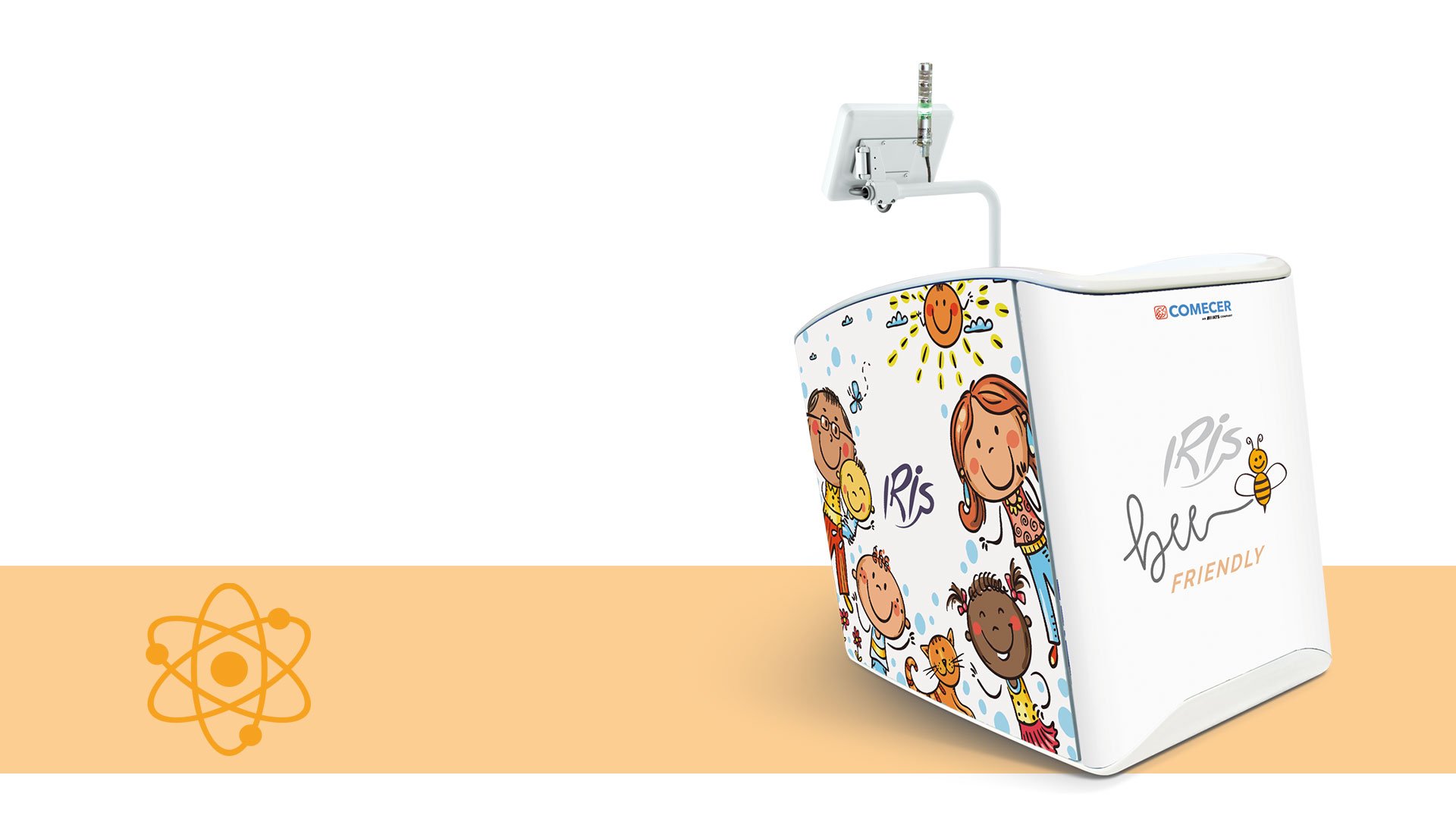How to Mitigate Radiation Exposure in PET and PET/CT
PET (Positron Emission Tomography) and PET/CT (Positron Emission Tomography/Computed Tomography) can pose a risk of radiation exposure to the operators involved in the procedures. This risk is due to the nature of the technology itself, which uses radiopharmaceuticals containing radioactive isotopes.

Why operators need to be carefull with a PET and PET/CT acquisition
Here are some of the main reasons why operators need to be carefull whit a PET and PET/CT acquisition:
- Ionizing radiation: The radiopharmaceuticals used in PET contain radioactive isotopes that emit ionizing radiation. In the human body, this radiation increasing the risk of harmful biological effects.
- High doses: Compared to Single Photon Emission Computed Tomography (SPECT) applications, radiation doses used in PET and PET/CT are often higher for the whole body and extremities during each procedure. This increases the risk of exposure for the personnel involved.
- Administration of doses: During PET procedures, operators often have to administer doses of radiopharmaceuticals to patients or manipulate syringes containing these substances. Even with the use of protective shields, there can be high radiation exposure to the extremities (such as hands) during these operations.
- Radiopharmaceutical preparation: The preparation of PET radiopharmaceuticals requires manipulations inside specialized hot cells or shielded areas. Despite these precautions, radiation exposure can still occur during the preparation and handling stages of radiopharmaceuticals.
- Cumulative exposure: Operators who regularly work with PET and PET/CT can accumulate radiation exposure over time. It is important to carefully monitor and limit exposure to ensure the safety of personnel.
Safety Measures Implemented
It is essential that operators working with PET and PET/CT are adequately trained and follow rigorous safety protocols to minimize radiation exposure and ensure their protection.
To mitigate radiation exposure in PET and PET/CT various safety measures are implemented
- Optimize Workload Distribution: Individual workload optimization strategies can be employed to limit staff doses. By carefully managing the scheduling and distribution of PET and PET/CT procedures among operators, the overall radiation exposure can be better controlled, ensuring that no single operator is consistently exposed to high doses.
- Implement Proper Shielding and Barriers: Installing adequate shielding and barriers in the PET and PET/CT facility is crucial. This includes the use of lead-lined walls, lead glass windows, and appropriate protective shielding for operators during the preparation and administration of radiopharmaceuticals. These measures help minimize radiation leakage and protect personnel from unnecessary exposure.
- Provide Training and Education: Comprehensive training programs should be provided to operators working with PET and PET/CT equipment. This training should cover radiation safety protocols, proper handling of radiopharmaceuticals, use of protective equipment, and adherence to strict operational procedures. Continuous education and awareness regarding radiation safety practices help ensure that operators are knowledgeable and vigilant in minimizing radiation exposure risks.
There is another solution that eliminates the risk.
Automated Injection Systems IRIS
Use Automated Injection Systems such as IRIS (Injection and Infusion System) by Comecer, can significantly reduce radiation exposure for operators. These systems minimize the need for manual administration of radiopharmaceuticals, eliminating direct contact and reducing the risk of exposure to the extremities.
IRIS automatically injects calibrated doses to patients, starting from a multi-dose solution of FDG or other radiopharmaceuticals. It is compact and easy to handle thanks to its innovative design and long-lasting battery and safe.
A case study of Comecer Radiopharma Solutions
Dr. Secondo Lastoria, Chief of the Nuclear Medicine Department at the National Cancer Institute IRCCS "G. Pascale" in Naples, shared his positive experience with using IRIS for PET procedures. Seeking to minimize personnel exposure during diagnostic purposes, including PET examinations with [18F]-FDG and [18F]-PSMA, as well as metabolic radiotherapy, Dr. Lastoria's department acquired two IRIS devices.
By utilizing IRIS, they successfully reduced the exposure of nurses during infusion procedures, particularly for patients with solid cancer treated with [177Lu] Lu-DOTATATE and [177Lu] Lu-PSMA-617. Comparing the exposure rates, Dr. Lastoria observed a significant decrease from up to 17 µSv/h with normal infusion sets to as low as 9 µSv/h when using IRIS. This improvement highlights the importance of automated systems in minimizing personnel exposure during radiopharmaceutical administration.
Conclusion: IRIS reduce the risk of radiation exposure for operators
Automated injection systems like IRIS have revolutionized the field of PET and PET/CT by reducing the risk of radiation exposure for operators. The testimonial from Dr. Lastoria underscores the positive impact of such systems in protecting healthcare professionals.
As PET procedures continue to rise in demand, integrating automated injection technologies becomes increasingly crucial in maintaining operator safety and optimizing patient care.
Fill in the form to download the PDF article
See all news »